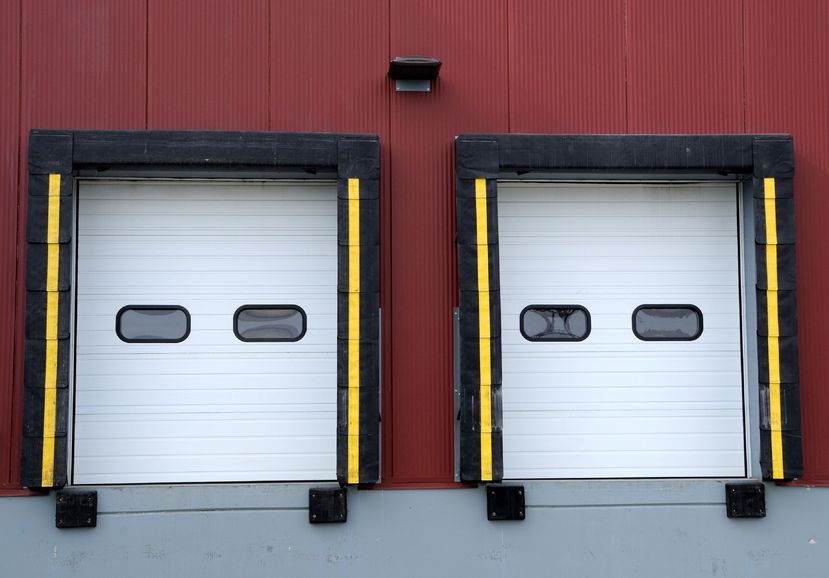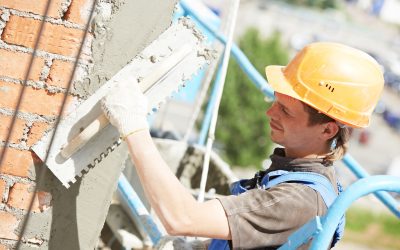Just like any other paved surfaces, tennis courts require periodic repair. Rain, sun, snow, freezing and thawing and continuous use take a toll on the tennis courts. Sealcoating North Shore, MA experts have the experience and specific training needed to do Tennis Court Repair, NH, and in other areas. These courts are characterized by asphalt pavement, which is predominantly stone and gravel along with a binder (also known as s asphalt cement). The binder is made from crude oils. Rain, U.V rays, and chemicals are enemies to the binder, as are introduced to asphalt pavement, the degrading process start creating a surface that is fragile, cracks develop, and the pavement deteriorates.
Graying in color of the tennis courts, otherwise known as oxidation, is a sign of aging, fatigue and general surface deterioration. When the unprotected surface becomes oxidized, the aggregate will begin to unravel from the surface making it rough. This surface deterioration caused by the weathering effects of rain and sun, as well as the softening effects of oils and gasoline can be solved through sealcoating. Instituting a maintenance program that utilizes sealcoating will extend the life of the pavement by double.
Apart from blocking both weathering and softening effects of some elements, sealcoating also provides an easy-to-clean, slip resistant surface, and a beautiful looking finish on courts. The sealcoat is in a liquid formulation of the bituminous or acrylics emulsions mixed with water, silica sand, polymer additives and other proprietary filler and solids. Spray, brush, or squeegee is used in the application of these products. As mentioned earlier, having a regular scheduled sealcoating program will double the life of your pavement and save you a significant amount of dollars that you could have otherwise spent on putting up a new pavement.
In order to get the most performance and optimum performance, follow the right steps during the application of the sealcoating products. First, at least two coats should be applied. Maintain a temperature of 50 degree at a minimum for a period of not less than twenty-four hours. Do not perform application if temperatures are deemed to get below fifty degrees. Do not apply if the rain is imminent within the same twenty-four hours. After you are through with application, allow the surface to cure 24 hours before using the surface.




